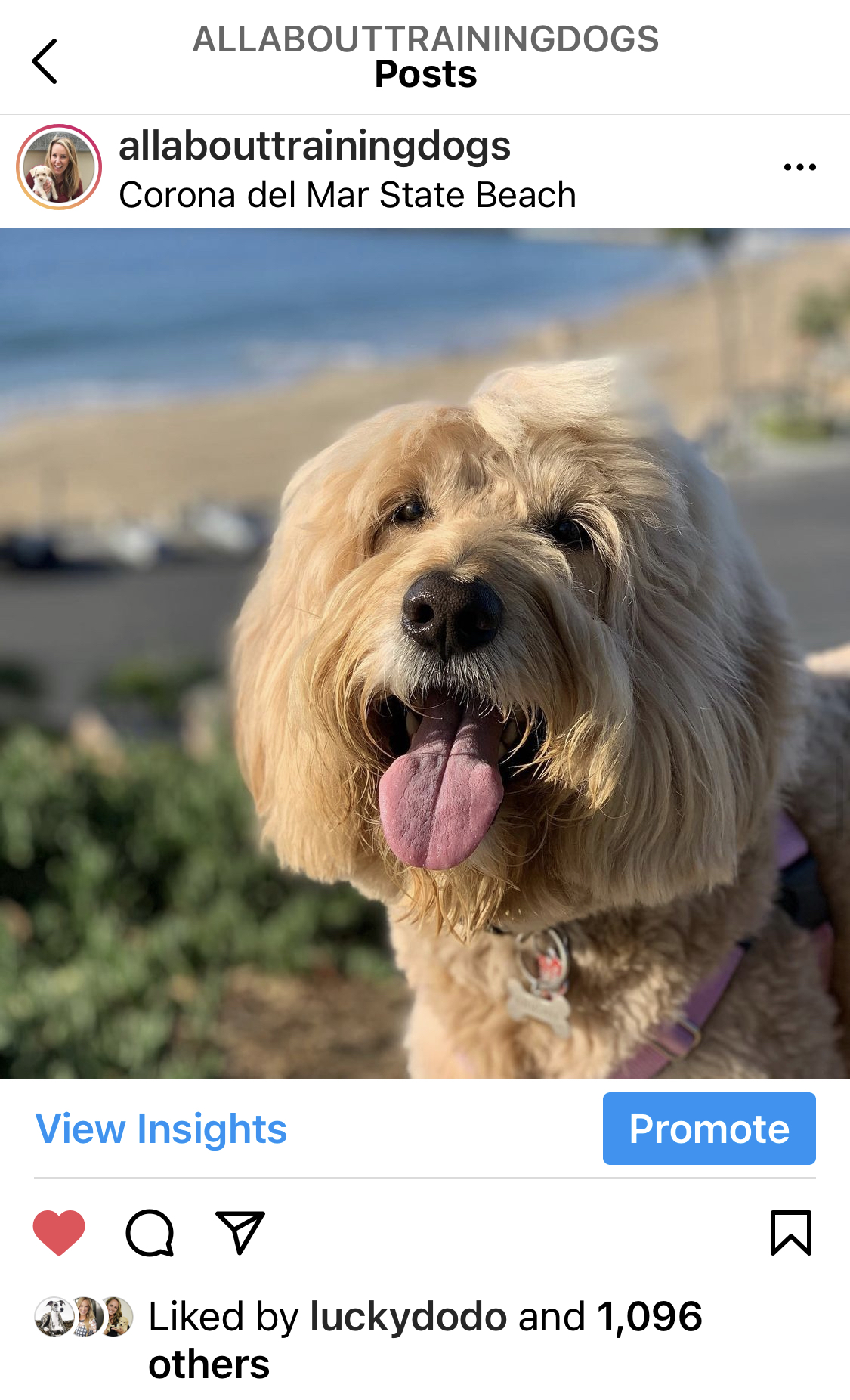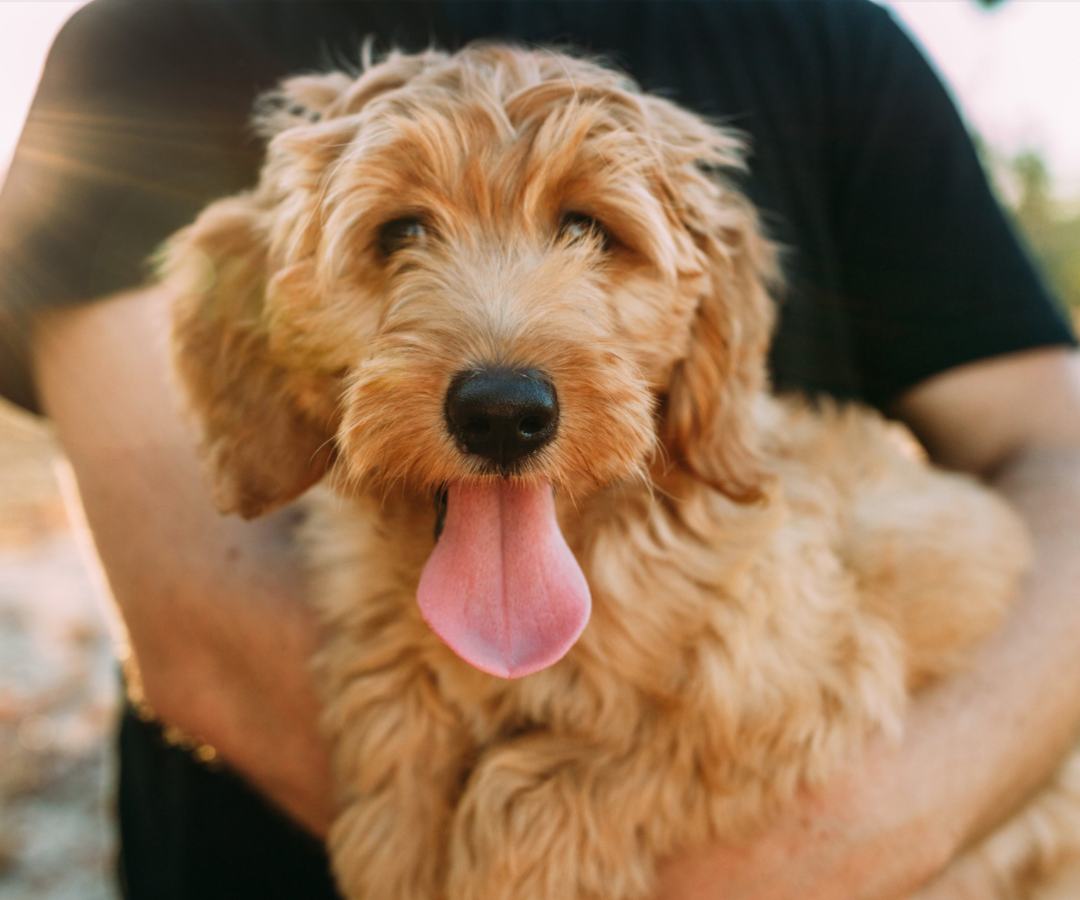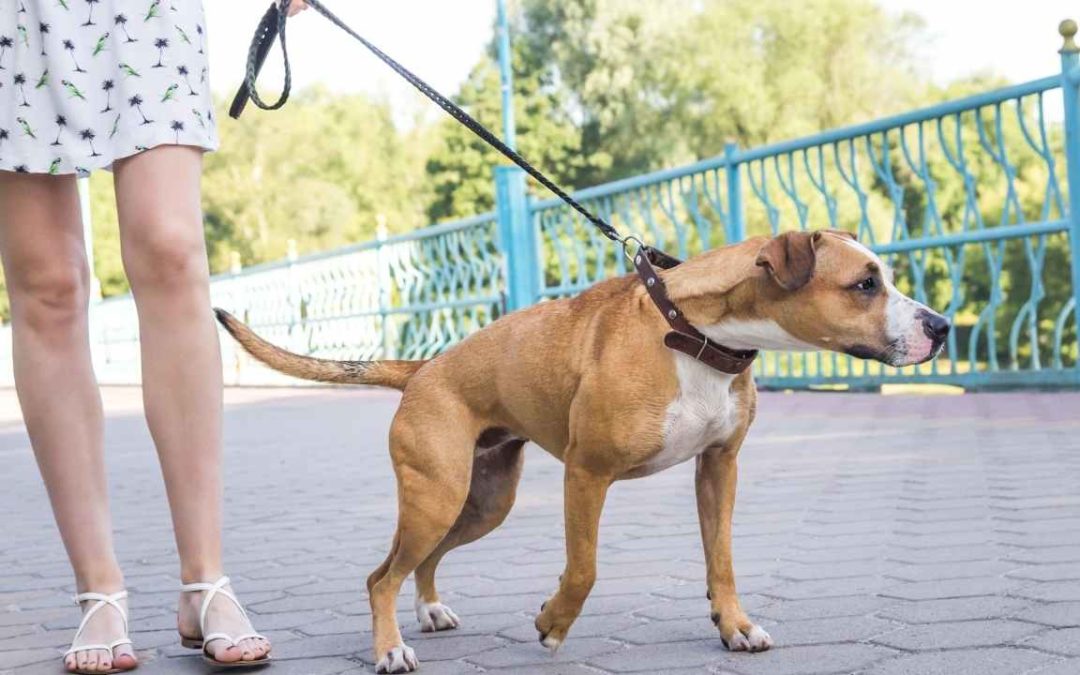[Episode 27]
5 Reasons Why Dogs Pull on the Leash
Does using a harness make your dog pull on the leash? Does a collar work better than a harness?
One of the biggest complaints I get on social media is that dogs pull on the leash.
The first step to solve a problem is to understand why it’s happening or what is causing the problem. If you don’t under what is causing the problem then your solution won’t matter if you reason the
Most dog owners make the mistake of treating the symptoms of a problem and not the cause.
1. You haven’t taught your dog to walk on the leash without pulling
It doesn’t matter if you’re walking your dog on a harness or if it’s a collar those should be used to stop pulling. The real reason that your dog is pulling is that YOU haven’t taught your dog to walk on a leash without pulling. One of the biggest mistakes that we make as humans with our dogs is we think the dog should automatically know what we want and to do it. Dog owners say things like “he won’t come when I call him.” But many dog owners haven’t taught their dog to come when they call.
Would you get mad at your son if he didn’t know how to ride a bike? He’s not born knowing how to ride a bike in the same way, your dog isn’t born knowing how to walk on the leash.
Your dog was bred to hunt, sniff, forage, retrieve, herd, do all those things without a leash. We’ve domesticated dogs. We’ve brought them into our lives. We love them. Like they’re humans. I love my dogs.
If you don’t want your dog to pull on the leash, then you need to teach him to walk nicely. It’s easy and you can learn how in The Dog Academy.
2. Your dog is anxious
This one is not as easy to spot as number one. And if your dog has anxiety outside, teaching him to walk nicely on the leash isn’t going to work, jerking the leash and giving him a leash correction isn’t going to work either.
If your dog is anxious, anxiety is the cause of the problem there. In order to stop your dog from pulling, you have to change that anxiety.
This kind of pulling looks like your dog is trying to run when you’re walking him on the leash. This will happen during the entire walk, or after your dog hears, sees or has a fearful reaction.
The Foundation Behaviors in The Dog Academy and the Barkaholics Program can help decrease anxiety. You can also work on your dog’s fears to help reduce anxiety.
3. You’re not walking your dog regularly
This is an easy one. I make this recommendation to every client, regardless, because a lot of times as humans, we don’t want to walk our dogs because if they’re pulling and it hurts. I get it, it’s uncomfortable and miserable to walk a dog that pulls. I have been training dogs for 10 years and I was injured by a big bulldog that pulled me down a slippery slope.
So how often should you be walking your dog? What is a regular walk schedule? Your regular walk schedule should be two 20 to 30 minute walks twice a day. Your dog needs to get out of the house and sniff and walk around at least twice a day. You need to look at your watch to make sure your dog is getting out for 20 – 30 minutes at least.
You may need to get up early in the morning to get a walk in before you go to work too. I’m not telling you to do something I’ve never done either. Once you build a routine of doing this regularly, you’ll enjoy your morning walk with your dog.
4. Your dog walks faster than you.
Dogs have four legs and you have two legs and because of that, they will walk faster. This is also why your dog walks ahead of you. No, he’s not trying to be your leader, he just had more legs. The goal is for the leash to be loose, not for your dog to walk in a perfect military heel.
5. You’re rewarding the pulling by letting your dog move forward
If you’ve watched my free masterclass, you know that there are three causes, three main causes for problems, and reinforcing the behavior you don’t want is one of the causes and it almost always happens in every behavior.
You’re rewarding your dog for pulling by moving forward. By letting your dog pull you to go over there and sniff, you’ve just reinforced the pulling. Your dog learns that he was to drag you to where he wants to go.
So every time your dog pulls that behavior is getting reinforced.
Here are some easy solutions to help you with pulling. You have to teach your dog to walk nicely, but in the interim, these will help your back and arms.
Avoid using a flat buckle color, a prong collar, a pinch collar, or a choke chain. If you correct your dog, or jerk on the leash, you’re causing pain and stress on that neck. And you want to avoid that.
You want to be proactive and teach him to focus on you, pay attention and teach him to walk without pulling again. If you need help with that, you can check out the dog academy.
Another thing that will help you is using a Freedom No Pull Harness and clipping the least on the chest clip. Your dog’s center of gravity is his chest. Clipping the leash there will give you less resistance on your end of the leash.
Which of the causes above best describes why your dog pulls on the leash? Pop over to our Instagram page and tell me the answer.
Follow us on Instagram to see our daily training lessons.
You’ll learn a lot and get a dog that listens.


FREE MASTERCLASS
3 STEPS TO GET YOUR DOG TO LISTEN
Most struggling dog owners spend hours watching videos and reading blog posts that don’t address the cause of their problem. They waste time focusing on the symptoms and then think their dog is difficult or can’t change when they don’t see results. If you’re ready to finally see change, then sign up and watch this FREE Masterclass.


